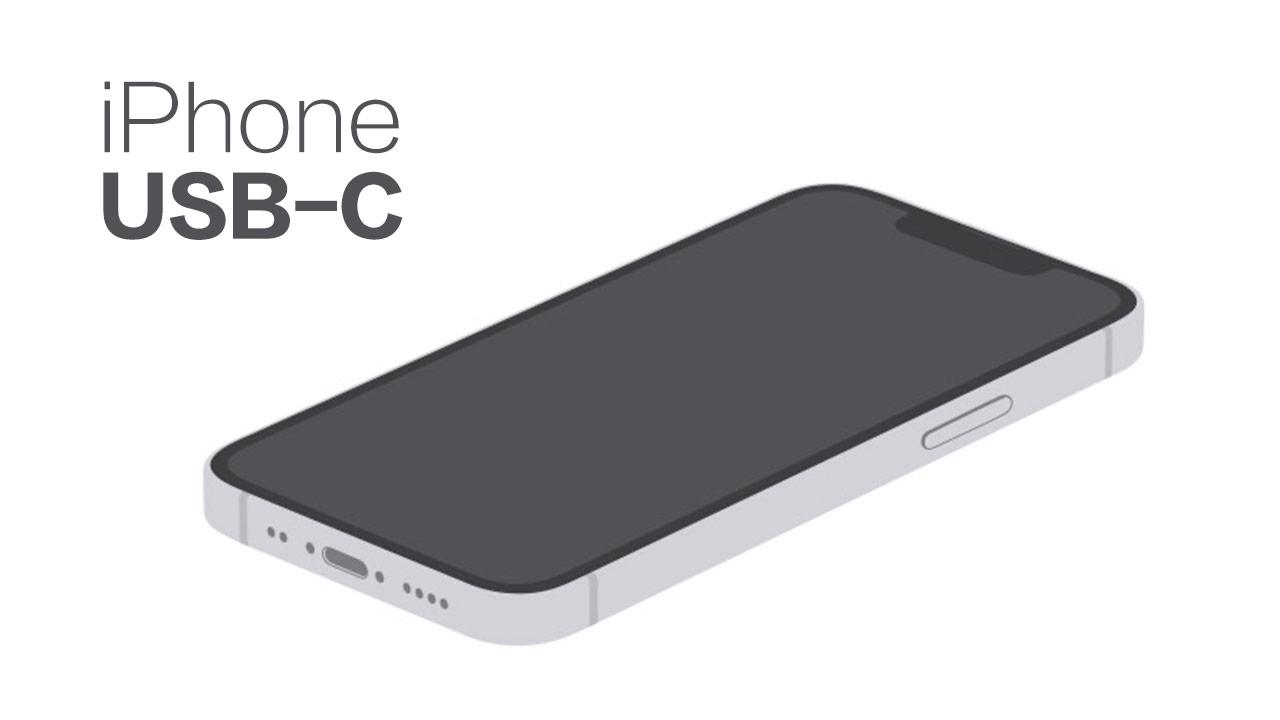A while ago, the European Union planned to implement a unified change to USB-C charging ports for electronic products. Until now, Apple insists on using Lightning, and the probability of changing to USB-C for iPhone in the future is low. Ken Pillonel, a famous robotics student studying in this field, can’t wait to use it. iPhone USB-C socket, make DIY magic modification on iPhone X, change Lightning to USB-C interface, and charge and transfer through the USB-C socket without any problems.

In recent years, Apple has changed the USB-C interface for iPad products, which also makes many users imagine that one day the iPhone will be able to use USB-C, and the European Union is also preparing to implement a unified USB-C charging port bill policy for electronic products. , Will impact the Lightning charging port patent rights owned by Apple. If this bill is passed, Apple will have three years of buffer time from this year to determine the new generation iPhone charging port interface.
Mr. Crazy believes that the new EU bill will accelerate the iPhone’s change to a new generation of non-porous magnetic charging interface instead of a USB-C charging port (click me to understand the reason). After all, Apple will still want to control the accessories market and rely on the authorization Will help Apple’s future development.
Although the iPhone has not yet used USB-C, there is also a foreign god Ken Pillonel that has changed the iPhone to a USB-C interface. It is understood that Ken Pillonel once published a doctoral thesis describing how to modify the USB-C iPhone charging port , And plan how to achieve it in the next few months.
After completing his thesis, Pillonel also spent several months designing the iPhone’s exclusive USB Type-C connector project plan, and developed a large number of USB-C and Lightning modules on his own. Finally, he successfully developed the first USB-C iPhone in May of this year. The prototype module successfully allows the iPhone to be charged.
Pillonel began the second phase of downsizing and modifying the large-scale USB-C iPhone prototype module. First, it reverse-engineered a custom C94 connector for the iPhone. In addition, it also developed a flexible printed circuit board PCB with a USB-C port. Integrated into the iPhone motherboard, and replaced the original Lightning interface, successfully replaced the iPhone X’s Lighting with a USB-C interface, which can also achieve charging and transmission functions, and has become the world’s first iPhone USB-C model. The results are posted on YouTube.
In this regard, Pillonel also said that the follow-up will explain through the video how to make this circuit board, and how to put it into the iPhone case.
However, this move is not suitable for ordinary users to operate, mainly because the developer Pillonel has a certain in-depth understanding of electronic design.
In addition, Pillonel is a student who studied for a master’s degree in robotics at the Swiss Federal Institute of Technology (EPFL). Samsung Galaxy Fold modified fully automatedCar wireless charger clip, Be regarded as a god-man level.

